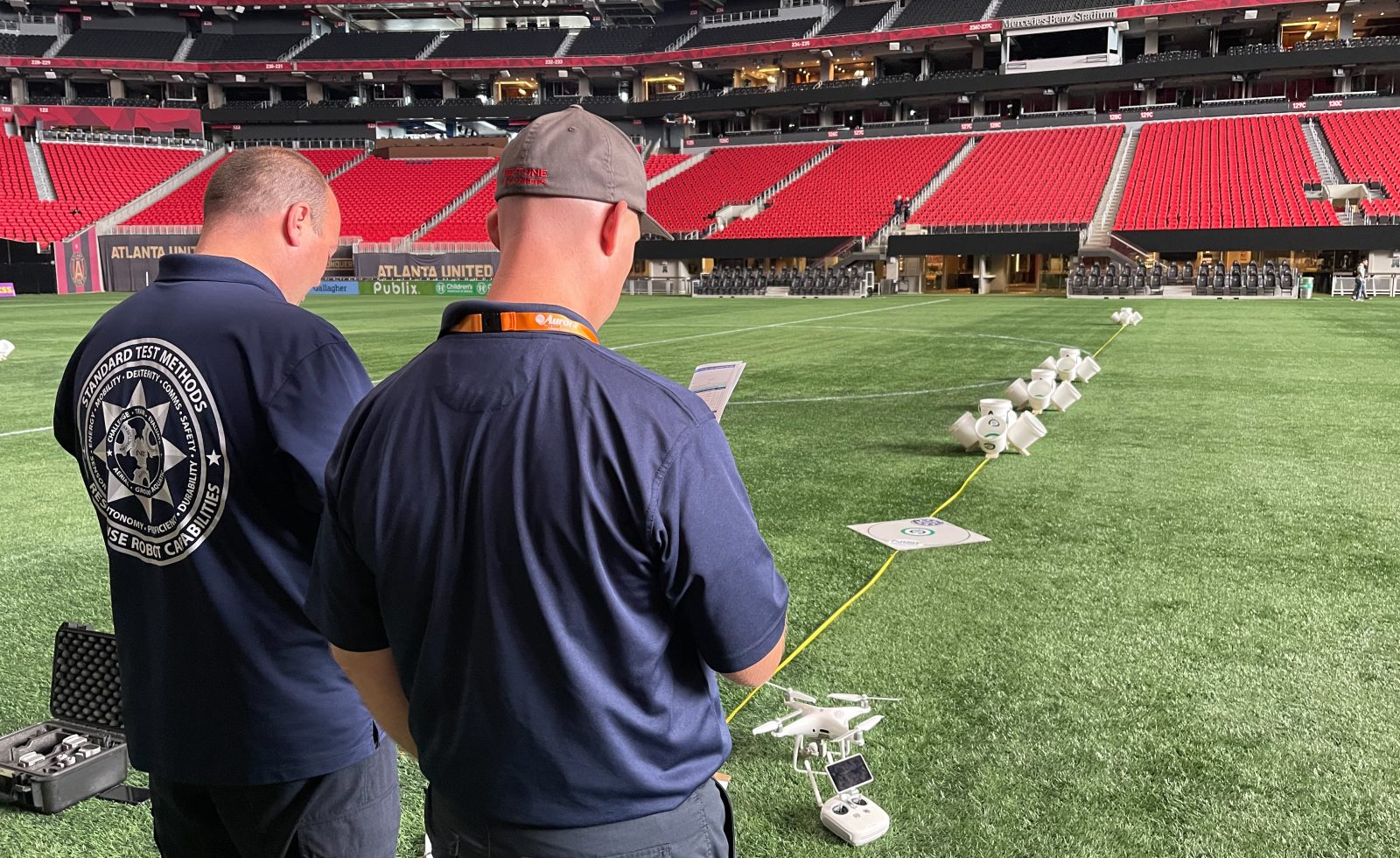
Two influential US aerial public safety organizations are teaming up to adopt and promote standardized methods in their drone testing programs – their effort to enhance safety and improve development of remote of UAV use in emergencies by police, fire fighters, emergency medical technicians, and other first responders.
The agreement was struck between the Airborne Public Safety Association (APSA) and Airborne International Response Team (AIRT), under which the fast-growing nonprofit DRONERESPONDERS operates to improve, and encourage increased drone and robotic use by public safety services. Together the partners will work to facilitate the dissemination and implementation of the National Institute for Standards and Technology’s (NIST) testing methods for new UAV applications.
Doing so, the partners say, will accelerate the updating and adoption of best practices for conducting trials of new drone operation. It will also spread standardized methods for training pilots from public safety and emergency service organizations that use the craft in response to emergencies.
“The NIST test methods for sUAS have emerged as a proven system for evaluating both remote pilot proficiency and aircraft capabilities,” said Daniel Schwarzbach, executive director and CEO, of APSA. “Our partnership with AIRT and the DRONERESPONDERS program will help expand awareness and adoption of the NIST test methods while also ensuring a safer National Airspace System.”
APSA already provides basic and advanced level training courses for public safety agencies seeking to apply NIST test methods for existing or new drone operations. Under their agreement, meanwhile, DRONERESPONDERS will communicate and advocate use of the NIST trial protocols to member groups and interested organizations. Both partners will also begin maintaining records of public safety agencies and personnel who have successfully completed the educational programs on NIST guidelines.
“We look forward to working alongside APSA to help establish much-needed standardization surrounding public safety and emergency drone operations,” said Chief Charles Werner, DRONERESPONDERS director. “The skill development and objective measures of proficiency provided by the NIST test methods are ideal for law enforcement, fire service, and other public safety agencies who are typically operating small, quad-copter drones.”
In addition to those efforts, APSA and AIRT will start compiling average scores of pilots who’ve operated various aircraft under NIST testing method programs. The move is intended to permit any organization using similar drones to establish their own minimum thresholds of proficiency using the aggregates as a reference.
“We are excited to have APSA and DRONERESPONDERS work together to introduce the NIST test methods for sUAS to America’s first responders operating drones,” said Adam Jacoff, a robotics research engineer in NIST’s Intelligent Systems Division. “Their efforts will help make public safety drone operations more effective, and safer, for all stakeholders.”
FTC: We use income earning auto affiliate links. More.



Comments